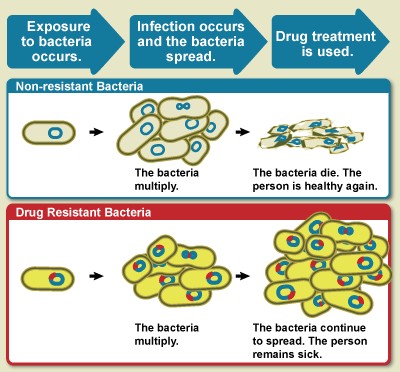Answer to Question 1
1,5
Rationale 1: Toxic concentration is an essential determinant of therapeutic range.
Rationale 2: Onset of action is not related to therapeutic range.
Rationale 3: Peak plasma level is not related to therapeutic range.
Rationale 4: Absorption rate is not related to therapeutic range.
Rationale 5: Minimal effective concentration is an essential determinant of therapeutic range.
Global Rationale: Therapeutic range is the area between toxic concentration and minimum effective concentration. Onset of action, peak plasma level, and absorption rate are not related to therapeutic range.
Answer to Question 2
1,2,3
Rationale 1: Water-soluble drugs may be secreted into the saliva, which can cause a funny taste after the administration of a medication.
Rationale 2: Water-soluble drugs may be secreted into the sweat, which may cause an odor to be emitted by the person who has taken a medication.
Rationale 3: Water-soluble drugs may be secreted into the breast milk. Breastfeeding mothers must use caution in regards to medications while lactating as the medications can be passed to their infants via the breast milk.
Rationale 4: Urine is excreted by the kidneys and does not play a role in glandular activity.
Rationale 5: Feces are excreted by the gastrointestinal system and do not play a role in glandular activity.
Global Rationale: Water-soluble drugs may be secreted into the saliva, which can cause a funny taste after the administration of a medication. Water-soluble drugs may be secreted into the sweat, which may cause an odor to be emitted by the person who has taken a medication. Water-soluble drugs may be secreted into the breast milk. Breastfeeding mothers must use caution in regards to medications while lactating as the medications can be passed to their infants via the breast milk. Urine is excreted by the kidneys and does not play a role in glandular activity. Feces are excreted by the gastrointestinal system and do not play a role in glandular activity.





![Given the values of sin θ, determine the values of θ over the interval [0, 2pi]](https://biology-forums.com/gallery/42/medium_6_04_01_21_12_54_15.png)

